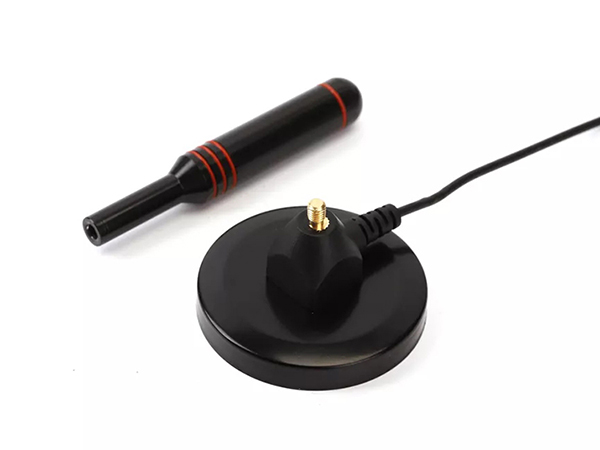After entering into 2004, 3G entered the stage of rapid development. In the rapid development of 3G, it should also be aware of the existing limitations. 3G network requires good quality of service (QoS), backward compatibility and its compatibility with fixed network, and high-speed multimedia service capabilities, etc., and the existing 3G network still has a gap with this goal; 3G terminals are used in multimedia services. Support, extension of standby time, and unified application platform need to be further improved; due to network quality, terminal bottlenecks and lack of suitable business models, the development of high-speed multimedia services reflecting 3G differentiated services is not ideal. These restrictions cause people to rethink the development trend of 3G networks, terminals and services.
1. Broadband
Broadbandization is reflected in the requirements for wireless transmission capabilities. 3G systems are required to be able to support transmission rates up to 2Mbit/s. With the development of new multimedia services and the increase of traffic, the wireless transmission rate requirements for 3G systems and next-generation wireless networks will become higher and higher, that is, broadband is one of the basic development trends of 3G networks.
For the WCDMA network technology system, the forward and reverse peak rates supported by the R99 and R4 versions can reach 384kbit/s; the high-speed downlink data packet (HSDPA) access function was introduced in the R5 version, and the downlink peak rate can be as high as 14.4 Mbit/s; The high-speed uplink data packet (HSUPA) access function is further introduced in the R6 version, and the peak uplink rate can be as high as 3.6Mbit/s; the R7 version may adopt key technologies such as OFDM and MIMO to further improve the transmission of wireless links speed while increasing system capacity.

For the cdma2000 network technology system, the forward and reverse peak rate of cdma2000 1x can reach 153.6kbit/s; 1xEV-DO Release O forward peak rate is increased to 2.4Mbit/s, although the reverse rate is not as high as cdma2000 1x improved, but in 1xEV-DO Release A, the reverse peak rate was increased to 1.8Mbit/s, while the forward peak rate was further increased to 3.1Mbit/s; the forward and reverse peak rate of 1xEV-DV was the same as that of 1xEV-DO Release A is basically the same. Because the development prospect of 1xEV-DO is relatively bright, it is mainly aimed at the development branch of 1xEV-DO, and considers the further development of cdma2000 wireless transmission technology. At the 3GPP2 meeting in June 2005, the functional requirements of the next-generation EV-DO network were discussed, and a consensus was reached on the adoption of OFDM multi-carrier scheme and MIMO multi-antenna technology to provide wireless transmission with bandwidth comparable to WCDMA R7. It can be seen that not only 1x EV-DO and 1xEV-DV belonging to the cdma2000 standard series are consistent in the design of peak rates, but also 1xEV-DO and HSDPA, which belong to different 3G technical systems, are also in the design of forward peak rates. consistent. This consistency is determined by common business requirements.
1. Antennas are developing towards diversification. The third-generation mobile communication has more standards, and different standards have different requirements for the antenna. In particular, the requirements for the antenna of the TD system are very different from the previous two generations, and it is a revolutionary form of mobile communication antenna.
Second, 3g antennas are developing towards integration. Since there are multiple standards for mobile communications, there are often multiple operators in one area, resulting in numerous antennas, affecting the environment and causing serious waste. Some countries have also begun to legislate to require common towers and even common antennas to avoid this. This requires us to integrate multi-standard antennas to meet regulatory requirements.
Three, the antenna is developing in the direction of electrical modulation. With the development of communication and the increase of capacity, higher requirements are put forward for the convenience of network optimization. In addition to the requirements of integration, the downtilt angle of the antenna must be adjusted "electrically" rather than mechanically.
Fourth, the antenna develops in the direction of beautification. With the improvement of economic level and living standard, people have higher and higher requirements for the living environment, and the numerous antennas affect the aesthetics of the environment. The appearance and installation of the antenna must be designed to fit into the environment.
With the advancement of technology and craftsmanship, I believe that 3g smart antennas will develop along high-tech and high-end technologies.